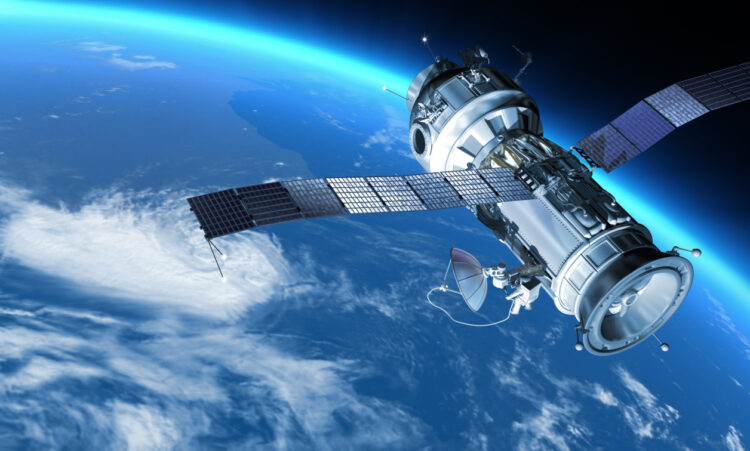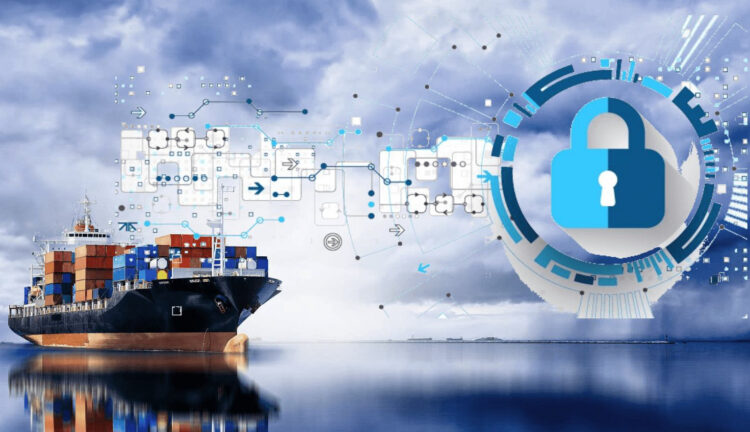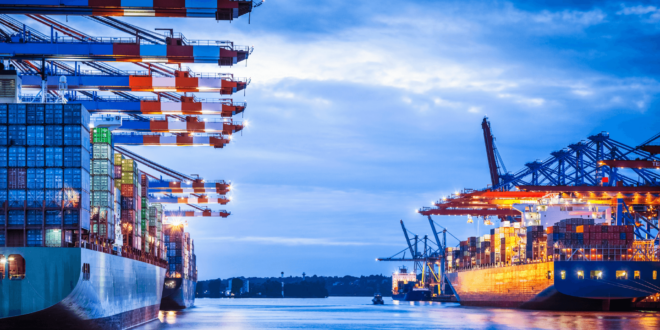The commercial shipping industry has come a long way since the days of relying solely on celestial navigation and paper charts. In today’s modern world, technological advancements have revolutionized navigation for commercial vessels.
This article explores the key trends reshaping the commercial shipping industry and the evolution of navigation.
1. Digitalization and E-Navigation
One of the most significant trends transforming the commercial shipping industry is digitalization. E-navigation, the integration of electronic systems and data into traditional navigation processes, has become the norm.
Ships now use electronic chart display and information systems (ECDIS), which replace paper charts, making navigation more precise and efficient. These systems provide real-time information, reducing the risk of human error and enhancing safety at sea.
2. Autonomous Shipping
The prospect of autonomous ships has garnered significant attention in recent years. While fully autonomous vessels are not yet widespread, the industry is making strides toward this goal. These ships, equipped with advanced sensors, artificial intelligence, and machine learning algorithms, are at the forefront of modern navigation.
Autonomous ships, backed by innovative technologies and supported by industry leaders like Querin Shipsupply, promise increased efficiency, reduced operating costs, and potentially safer voyages.
3. Satellite Technology

Satellite technology has played a pivotal role in navigation evolution. The Global Positioning System (GPS) and other global navigation satellite systems (GNSS) have become indispensable tools for pinpointing a ship’s location. Accurate and reliable satellite navigation enables ships to follow precise routes, optimize fuel consumption, and avoid hazardous areas.
4. Big Data and Predictive Analytics
Big data analytics have transformed navigation by providing ships with valuable insights. By collecting and analyzing vast amounts of data from sensors, weather forecasts, and historical voyage data, ships can make informed decisions in real-time. Predictive analytics help captains and operators anticipate weather conditions, traffic, and maintenance needs, improving safety and efficiency.
5. Environmental Sustainability
Navigational trends are also heavily influenced by the push for environmental sustainability. New regulations and industry initiatives require ships to adopt cleaner fuels, reduce emissions, and take eco-friendly routes. Navigation systems now include features that help ships minimize their carbon footprint by optimizing speed and routes to save fuel and reduce emissions.
6. Cost
Pallet shipping costs in the USA, particularly through Less Than Truckload (LTL) shipping, play a crucial role in supply chain management and logistics. LTL shipping refers to the transportation of freight that doesn’t require a full truckload, making it an economical choice for businesses shipping smaller quantities of goods.
The cost of pallet shipping via LTL in the USA depends on various factors, including the weight and dimensions of the palletized freight, the distance it needs to travel, fuel prices, carrier rates, and any additional services required, such as liftgate delivery or inside pickup. Typically, LTL carriers use a pricing model based on a combination of these factors, with rates calculated per hundredweight (CWT) or per pallet.
7. Cybersecurity

As navigation systems become more reliant on digital technology, cybersecurity has become a paramount concern. The threat of cyberattacks on navigation systems, which could lead to navigation errors or vessel hijacking, has prompted the industry to invest heavily in cybersecurity measures and protocols.
8. Training and Skill Development
With the integration of advanced technology, seafarers must continuously upgrade their skills. Training programs and simulators are now essential for ensuring that crew members can operate and troubleshoot modern navigation systems effectively.
Conclusion
In conclusion, the commercial shipping industry is undergoing a profound transformation in the realm of navigation. Digitalization, autonomous shipping, satellite technology, big data analytics, environmental sustainability, cybersecurity, and skill development are all driving forces behind this evolution.
As the industry continues to embrace these trends, we can expect even greater efficiency, safety, and sustainability in commercial shipping in the years to come.
 Hi Boox Popular Magazine 2025
Hi Boox Popular Magazine 2025



